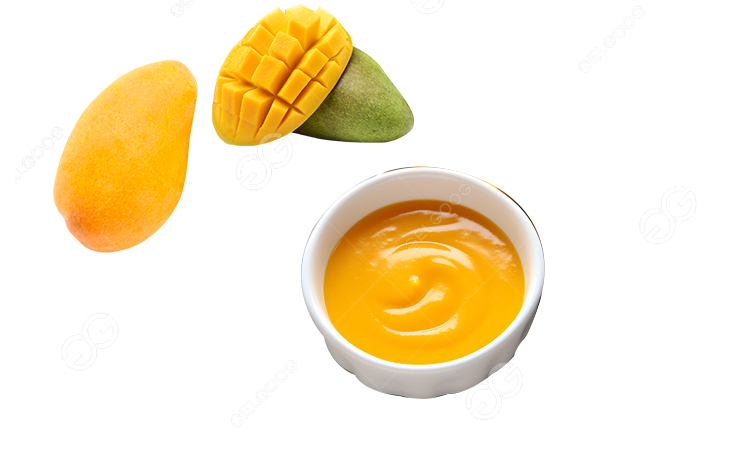Mango, the king of fruits, entices with its succulent sweetness and vibrant flavor. While enjoying a fresh mango is a delight, the fruit’s popularity extends to various processed forms, with mango pulp being one of the most sought-after. But what are the steps in mango pulp processing?

1. Harvesting:
The journey begins in the mango orchard, where ripe mangoes are carefully handpicked to ensure optimal maturity and flavor. Mechanical harvesters are rarely used due to the fruit’s delicate nature, which can easily bruise.
2. Washing and sorting:
Upon arrival at the processing facility, the mangoes undergo thorough washing to remove any dirt, residues, or surface contaminants. Subsequently, they are sorted based on ripeness, size, and quality. This step ensures that only the best mangoes proceed further in the process.
3. Peeling and destoning:
The next step involves peeling the mangoes to remove the skin. This can be done manually or through automated machinery. Once peeled, the mangoes are destoned to remove the large, fibrous seed in the center.
4. Pulping:
The destoned mangoes are then processed into pulp. This can be achieved through various methods such as mechanical pulping or enzymatic extraction. Mechanical pulping involves crushing the fruit to extract the pulp, while enzymatic extraction utilizes enzymes to break down the fruit’s cell walls, releasing the pulp.
5. Heating and enzyme inactivation:
The extracted pulp is heated to a specific temperature to deactivate enzymes and ensure microbial safety. This step also helps in preserving the color, flavor, and nutritional content of the pulp.
6. Sieving and refining:
After heating, the pulp is sieved to remove any remaining fibrous material or undesirable particles. This results in a smooth and uniform pulp texture. Further refining may be done to adjust the pulp’s consistency as per product specifications.
7. Sterilization and packaging:
The refined pulp is then sterilized to extend its shelf life. Sterilization can be achieved through various methods such as hot filling, pasteurization, or aseptic processing. Once sterilized, the pulp is packaged into containers, which can range from cans to aseptic bags or tetra packs, ensuring freshness and convenience for consumers.
8. Quality control:
Throughout the entire process, rigorous quality control measures are implemented to maintain the highest standards of hygiene, taste, and texture. This includes regular checks for acidity, sugar content, color, and microbial safety.
9. Storage and distribution:
The packaged mango pulp is stored in controlled environments to preserve its quality. Depending on the intended market, it may be distributed locally or exported to various regions around the globe.
Mango pulp processing in factories is a meticulous yet rewarding journey that transforms fresh mangoes into a convenient and delicious product enjoyed by millions worldwide. Each step, from orchard to bottle, is carefully orchestrated to capture the essence of the fruit while meeting the demands of discerning consumers.